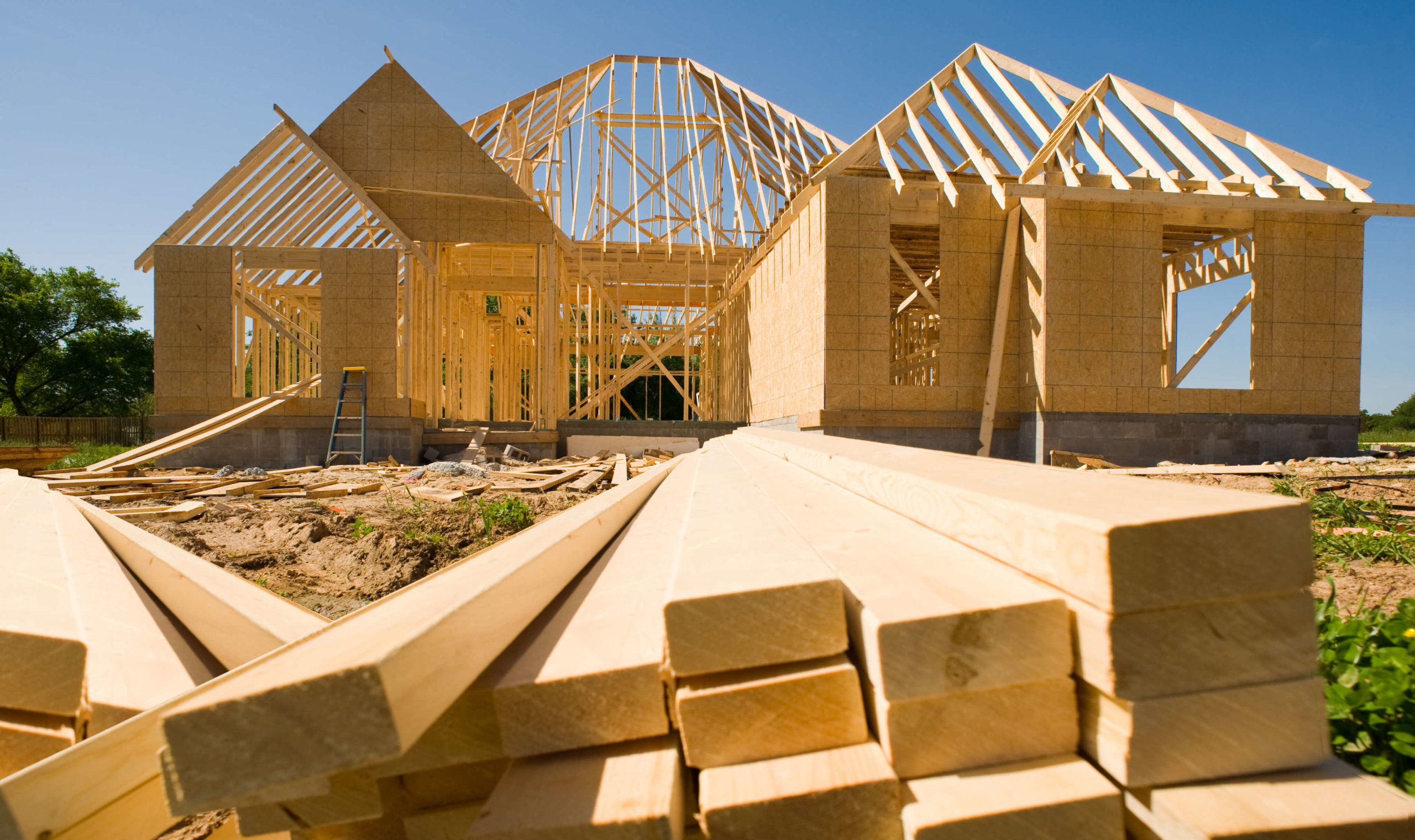
Mold. Its living, growing, and, with the exception of mushrooms, not something we’re generally happy about. Mold will grow on almost any organic substance. If water and oxygen are present, mold growth will occur, especially when left to produce over a long period of time in a warm environment. Mold is especially annoying when it invades our homes, businesses and commercial spaces.
In the building materials and construction industry, mold problems are not uncommon. In fact, mold has become such a widespread issue that the U.S. Environmental Protection Agency has recently declared the month of September, as Mold Awareness Month.
Thanks to advancements in technology, mold resistant building materials and mold prevention strategies are rapidly becoming available in the construction market. Many of these special mold resistant materials are also approved and certified by GREENGUARD Environmental Institute and other organizations that monitor environmental issues and their impact, like the LEED Green Building Rating System.
We think contractors and homeowners alike should have the knowledge necessary to keep their building projects free from mold issues. Here is our top 10 list of mold prevention strategies. This includes everything from mold resistant building materials to mold prevention techniques for your projects.
- Make sure your construction site is designed correctly to make sure its landscaping grading is downward and away from the structure. This will keep rain and surface water from entering or pooling around the building foundations, basement walls, concrete floors or crawl space areas.
- If possible, inspect the lumber before it leaves the lumberyard. Use a moisture meter to scan all project wood for moisture content before any cutting or nailing begins. As a standard, the meter should not significantly exceed 16 percent to 17 percent. Surface mold growth on lumber typically occurs with most wood species between 20 to 28 percent moisture content.
- Building materials delivered to a job site should be stored appropriately. This means lumber should be stored off the ground and moisture sources should be identified and avoided. It’s also smart to cover wood piles with tarps in between building sessions, in case of rain.
- Use mold resistant drywall. Traditional drywall has paper facing that is susceptible to mold growth in damp conditions. Use a drywall that has been manufactured with a fiberglass facing to reduce the possibility of mold growth.
- Inspect and test all water services in the structure, including fire sprinklers and waste lines before closing up walls or ceilings and floors. During the inspection, check for: correct installation, moisture implicating leaks, and extent of insulation for lines requiring it.
- Look into mold resistant finishing products. New products like mold resistant stucco, paint and caulk allow your finish work to remain a first line of defense against mold. These building materials will discourage mold growth on the exterior and help prevent mold growth on lumber, drywall and other more susceptible materials. Keep in mind, that these materials should not be used to cover materials that may already contain mold.
- Don’t cut corners on ‘non-living’ areas. Properly ventilate attics, crawl spaces or other tightly enclosed areas. It’s also a good idea to cover dirt or gravel surfaces in a crawl space to limit moisture from coming up in to the structure.
- The biggest culprit for mold often results from the inadequate installing or sealing of standards home components. We recommend using a professional contractor to ensure your home is not left compromised. In particular, this includes areas moisture susceptible areas like:
Doors and windows
Balconies and decks
Roof membranes
Ventilation/exhaust ducts and piping
- Another key piece of keeping mold from developing in new construction is to plan adequate ventilation. Ideally, each room should have multiple ways for air to enter and leave, including windows, doors, and vents.
- To protect your home up top, install a high-quality rubber water barrier beneath the roof shingles or tiles. This will keep rain from entering the building should there be degradation of, or damage to, your shingles or tiles. Also, make sure to properly install gutters that lead to in-ground pipes to take rainwater away from the house.
